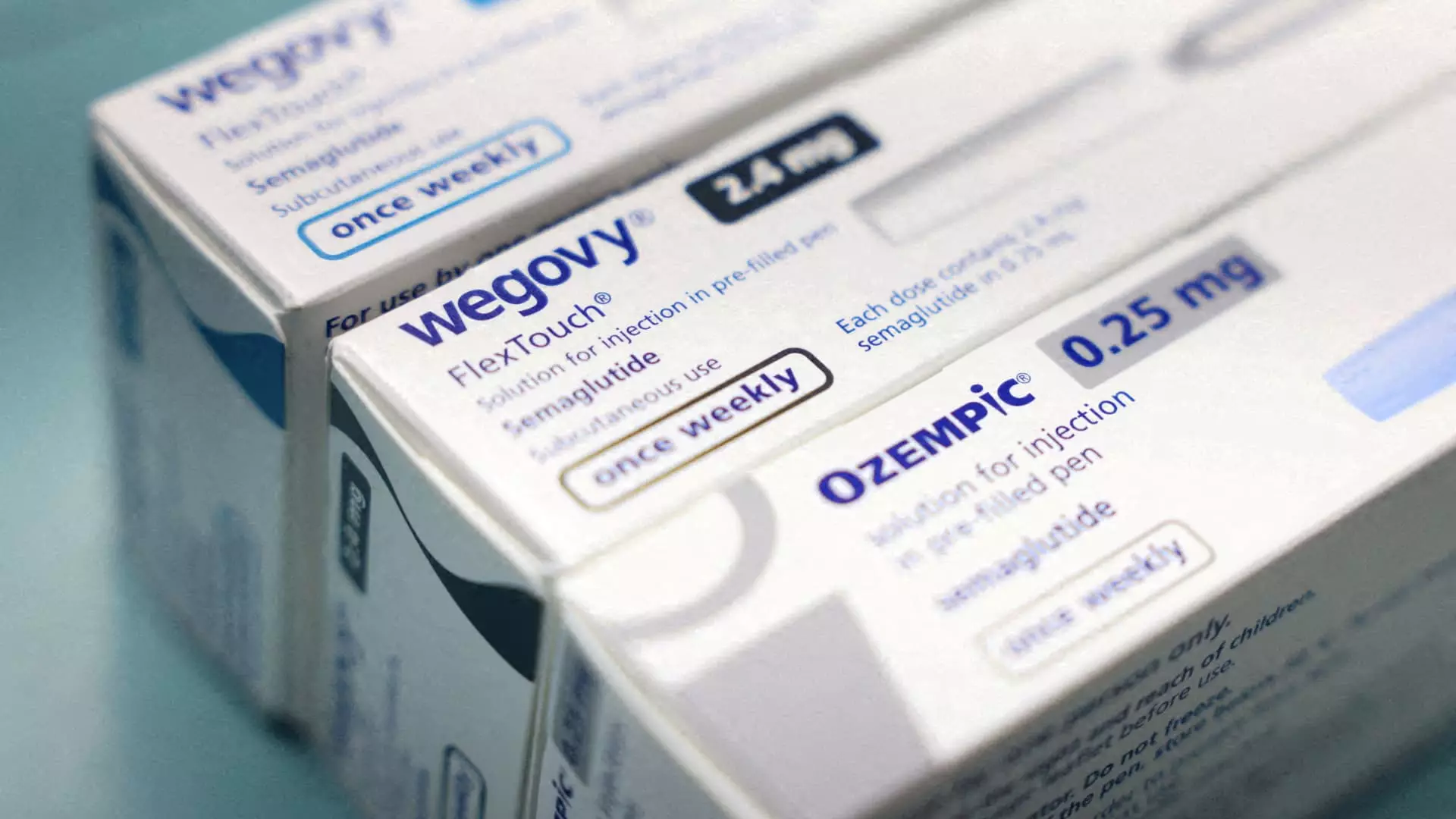The recent announcement from the U.S. Food and Drug Administration (FDA) that the supply shortage of Novo Nordisk’s semaglutide injections, including Wegovy and Ozempic, has been resolved marks a pivotal moment in the pharmaceutical landscape. This resolution, which follows a prolonged shortage of over two years caused by soaring demand, has significant implications for patients, compounding pharmacies, and the broader competitive dynamics in the diabetes and weight management sectors.
For over two years, semaglutide, the active ingredient found in both Wegovy and Ozempic, has been in short supply across the United States. Initially driven by an unexpected spike in demand as many sought effective treatments for weight management and diabetes, this shortage necessitated drastic changes in manufacturing and distribution practices. Both Novo Nordisk and its competitor Eli Lilly escalated their production capabilities, understanding that the burgeoning market for weight loss therapies could yield substantial financial returns – estimates suggest a potential annual market value exceeding $150 billion by 2030.
The FDA’s recent declaration about the restored supply signifies that Novo Nordisk can now adequately meet both current and projected demand. However, the agency has cautioned that temporary supply disruptions could still occur, as the drugs transition through the distribution networks. This ongoing vigilance is essential as full-scale distribution is reestablished.
For many patients experiencing difficulties in accessing the FDA-approved versions of these treatments, compounding pharmacies have served as a crucial alternative. These facilities were permitted to produce their own versions of Wegovy and Ozempic during the shortage, filling a void left by the lack of commercially available products. However, with the FDA’s latest announcement, the landscape for compounding pharmacies is likely to change dramatically.
Novo Nordisk’s executive vice president, Dave Moore, expressed contentment with the resolution, emphasizing the importance of patients using FDA-approved medications rather than potentially harmful knockoffs. The FDA has indicated that compounding pharmacies will have a limited window—between 60 and 90 days—to wind down the production of their compounded versions. This transition poses a challenge, as patients accustomed to using these alternatives may find themselves navigating a complex landscape of availability and potential cost discrepancies now that FDA-approved products are back in supply.
While the restoration of the supply chain is undoubtedly positive, the implications for patients are multifaceted. One major issue is insurance coverage. Although Ozempic enjoys coverage through many health plans, Wegovy, despite its critical role in weight management, often lacks parity in insurance coverage, particularly from Medicare. This inconsistency in insurance support can place an undue financial burden on patients seeking effective treatment options.
The reinstatement of the approved supply may initially offer relief, but patients need to be mindful of potential cost increases associated with FDA-approved products now that they’re more readily available. As competition in the market ramps up, it is essential for healthcare providers to ensure that patients are well-informed about both the effectiveness of the treatments and the financial implications associated with their access.
The resolution of the supply shortage puts Novo Nordisk in a prime position to regain and enhance its competitive standing against Eli Lilly in the rapidly expanding weight loss drug market. With a robust supply chain now established, Novo Nordisk can capitalize on its branding and reputation within the diabetes treatment space. The competitive dynamics will also compel companies to innovate further, enhancing the efficacy and accessibility of existing and future injectable therapies.
As pharmaceutical companies ramp up their production capacity and navigate the complexities of market supply and demand, the short-term focus must also shift toward longer-term strategies that address not only effectiveness but also affordability and patient safety.
The FDA’s announcement signifies more than just the end of a drug shortage; it heralds a new chapter in the treatment of obesity and diabetes. As patients transition back to relying on approved medications, stakeholders from pharmaceutical companies to healthcare providers must work collaboratively to ensure that treatments are effective, accessible, and safely used. The evolving landscape will undoubtedly demand ongoing adaptation from all sectors involved in drug manufacturing and patient care.

